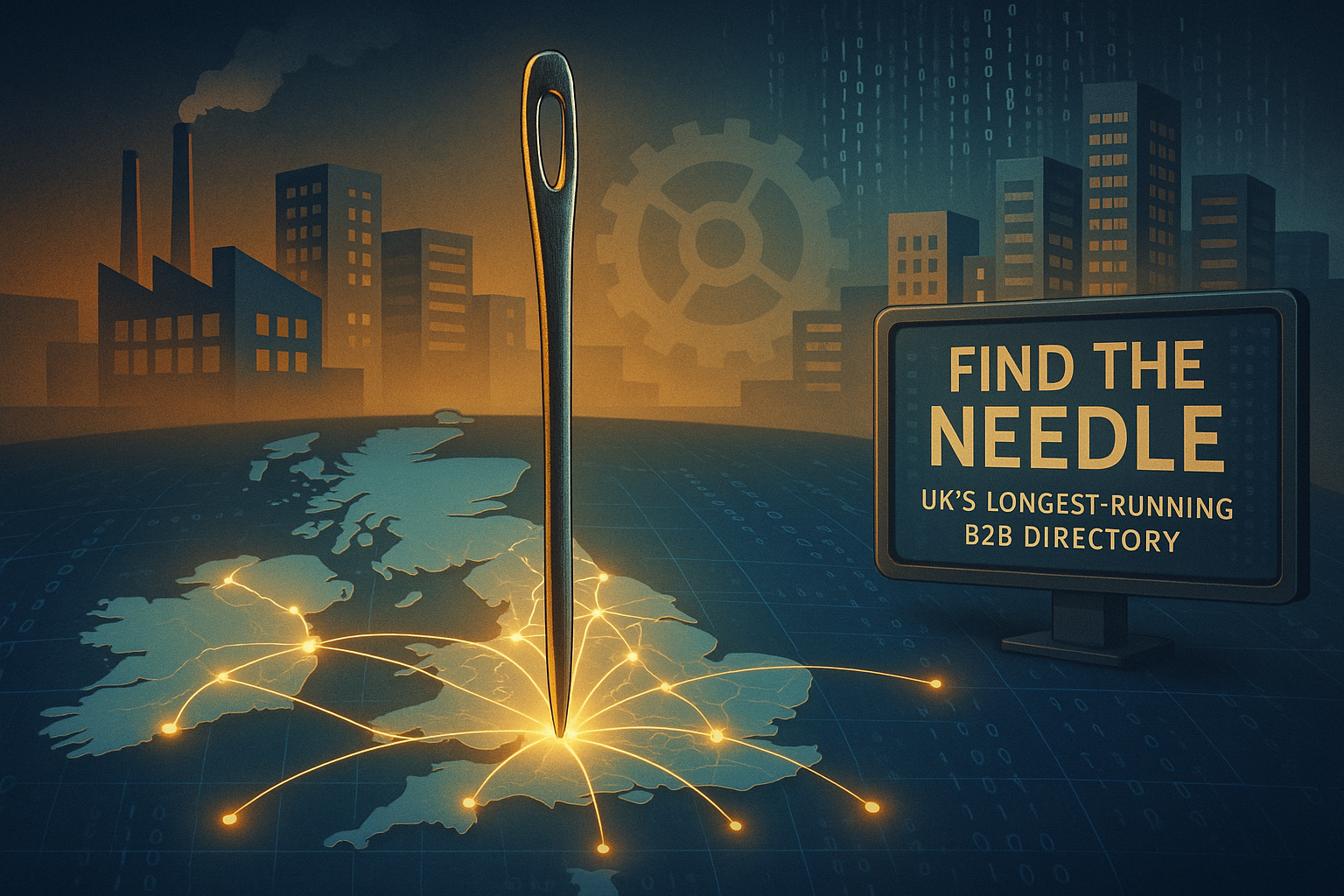Looking After Your Business’s Technology: A How-To Guide
- 14 Nov 2024
- Articles
If you want your business to thrive, at the heart of it needs to be a robust and reliable technology foundation. It’s true. Whether you are a small enterprise or a large corporation, every business depends on its technological assets, be it software, hardware, or data systems. However, as technology continues to evolve, so does the challenge of managing, maintaining, and securing these assets effectively. Fortunately, to help you out with this, you’ll find a comprehensive guide below on how to look after your business’s technology, ensuring smooth operations, enhanced security, and a strong foundation for future growth.
1. Conduct Regular Technology Audits
A technology audit provides a complete view of your company’s tech infrastructure, identifying what assets you have, what’s outdated, and what’s functioning efficiently. These audits help in understanding whether your current technology meets your business needs and complies with industry standards. Regular audits can also identify weak points or unnecessary redundancies, helping you optimise costs and improve overall efficiency.
Checklist for Technology Audits:
-
Inventory all hardware, software, and networking systems.
-
Check for software licenses and updates.
-
Evaluate system performance and identify outdated equipment.
-
Assess data storage and backup systems.
2. Keep Software Updated
One of the simplest yet most effective ways to keep your technology in top shape is by keeping all software up-to-date. Software updates aren’t just about new features; they also address bugs, patch security vulnerabilities, and improve compatibility with other systems. Neglecting updates can leave your systems exposed to security threats or performance issues, leading to unnecessary downtime.
3. Invest in Cybersecurity
With cyber-attacks becoming increasingly sophisticated, investing in cybersecurity is no longer optional—it’s essential. From sensitive customer data to proprietary business information, protecting your data should be a top priority. You need to start by installing and maintaining antivirus and anti-malware software before looking at getting firewalls to control incoming and outgoing network traffic.
On top of this essential software, you must educate employees on recognising phishing scams and other threats and implementing a secure password policy. You should even consider multi-factor authentication.
4. Consider Outsourcing IT Support
Maintaining an in-house IT department can be costly for many businesses, especially SMEs. Outsourcing IT support to a third-party provider allows you to access expert assistance without the overhead costs associated with in-house teams. With GoughTech IT Services, for example, you can make email and security issues, computer or phone problems, trouble with Wi-Fi or networks, and so much more a thing of the past. Experts can handle a variety of functions, from routine maintenance and troubleshooting to managing cybersecurity.
When to Outsource IT:
-
If you lack the resources for an in-house IT team.
-
If you need help managing a team who partly or fully works from home.
-
If you need support maintaining your critical systems.
5. Train Your Team
The most advanced technology is only as effective as the people using it. Ensure that your employees are well-versed in the technology they’re using and aware of the latest security protocols. Provide training sessions to help your team stay informed about potential threats, software updates, and best practices for safe technology use.
6. Develop a Technology Disaster Recovery Plan
Technology outages can happen due to various reasons—cyber-attacks, power failures, or even natural disasters. Having a disaster recovery plan helps ensure that your business can quickly bounce back from any technology failure, minimising downtime and disruption.
Start byidentifying critical systems and prioritise recovery efforts. Then, set up clear roles and responsibilities for team members in an emergency and ensure data recovery solutions are in place.Regularly test and review your plan to keep it up-to-date.
7. Establish a Robust Data Backup System
Data is one of your business’s most valuable assets. Whether it’s customer information, financial records, or internal documents, losing data can be costly and damaging to your reputation. Setting up a reliable data backup system protects against data loss from hardware failures, cyber-attacks, or natural disasters.
Data Backup Best Practices:
-
Use a combination of on-site and off-site backups, including cloud storage.
-
Regularly test backup systems to ensure they’re functional.
-
Set up automated backups to reduce the risk of human error.
-
Implement data encryption to protect backups from unauthorised access.
Conclusion
Looking after your business’s technology is an ongoing process that requires diligence, planning, and proactive measures. You can maintain a robust technology foundation that supports business growth and resilience by doing all of the above. Embracing these strategies will ensure that your business remains agile, competitive, and ready for the future, no matter what technological advancements come your way.








